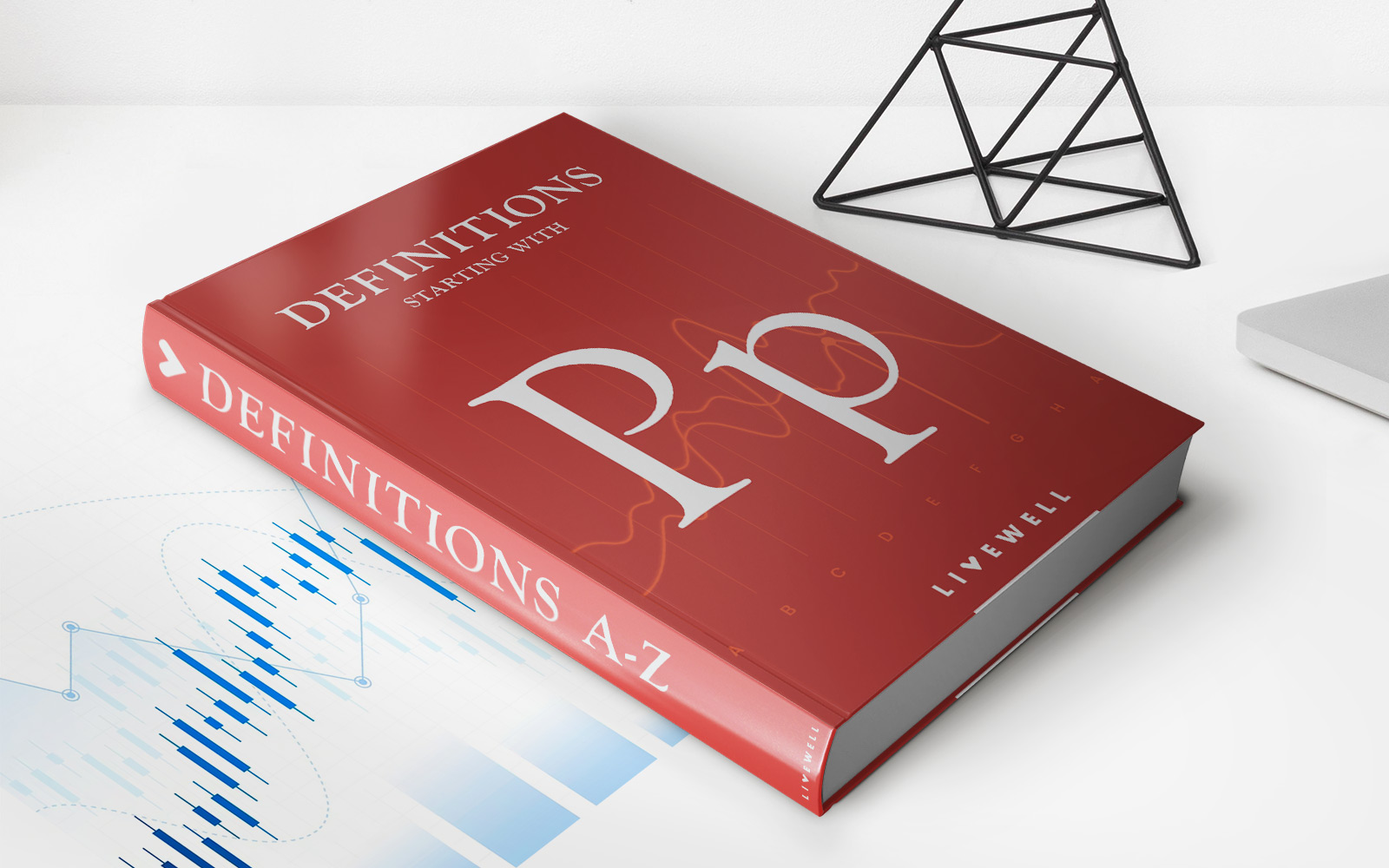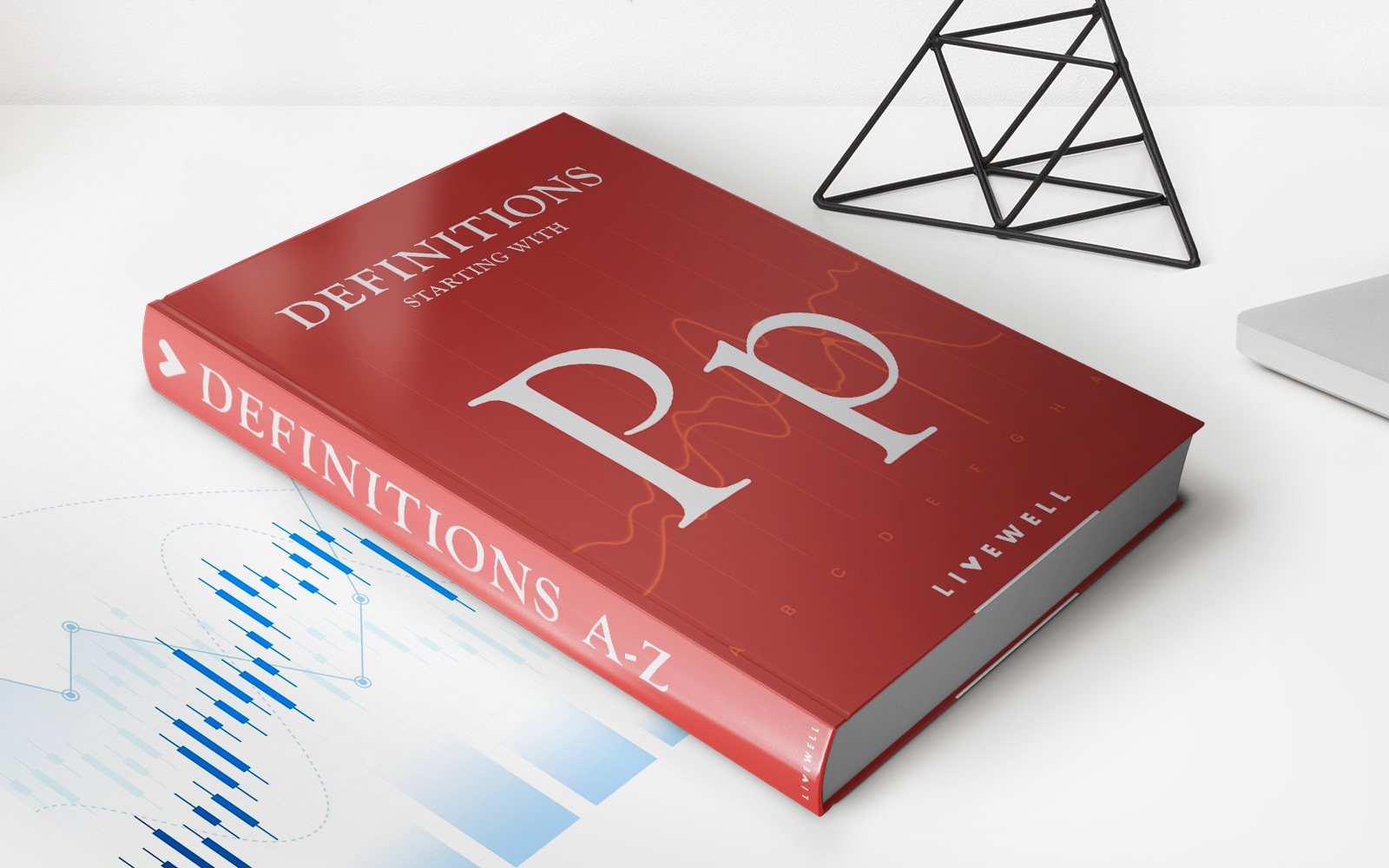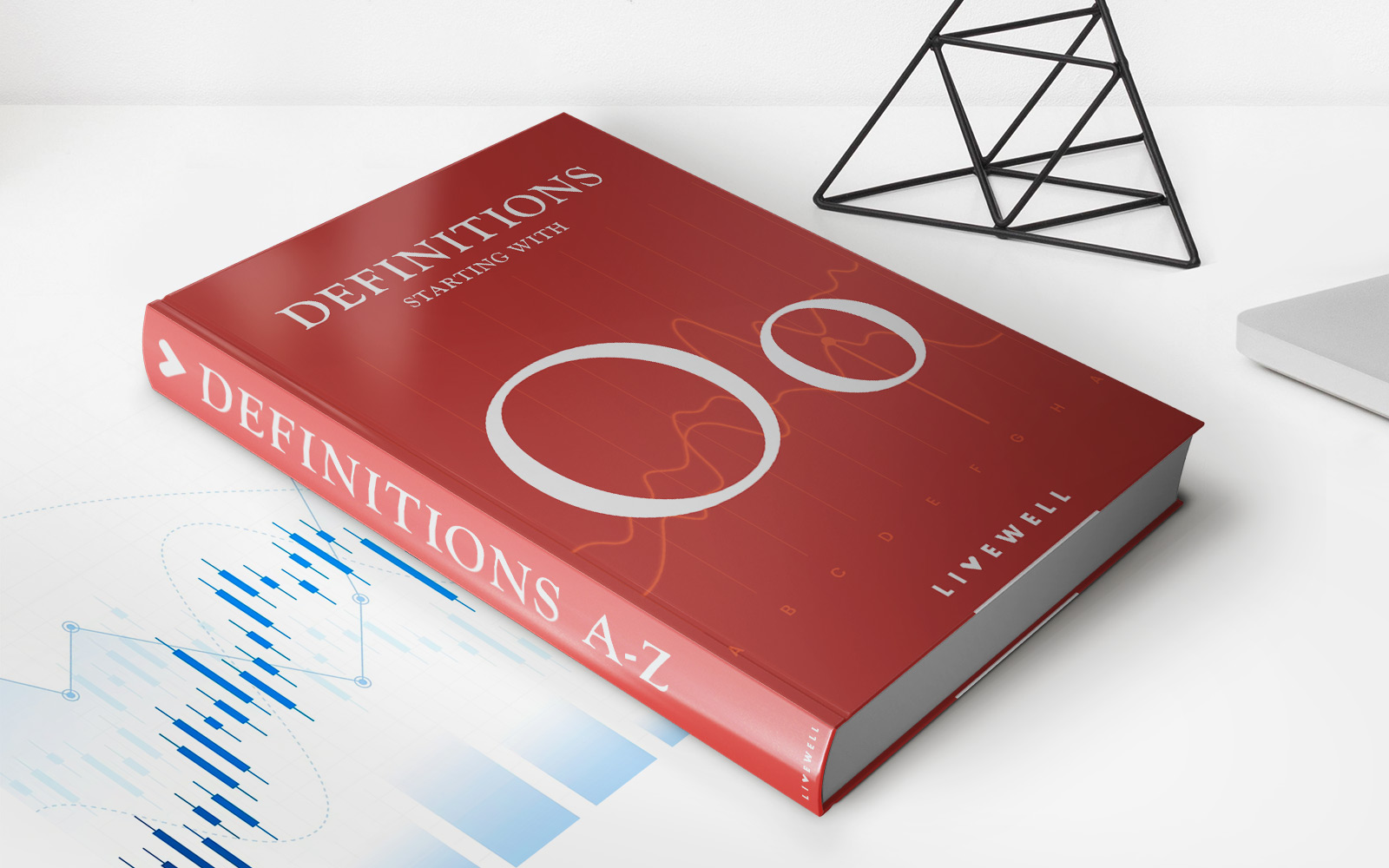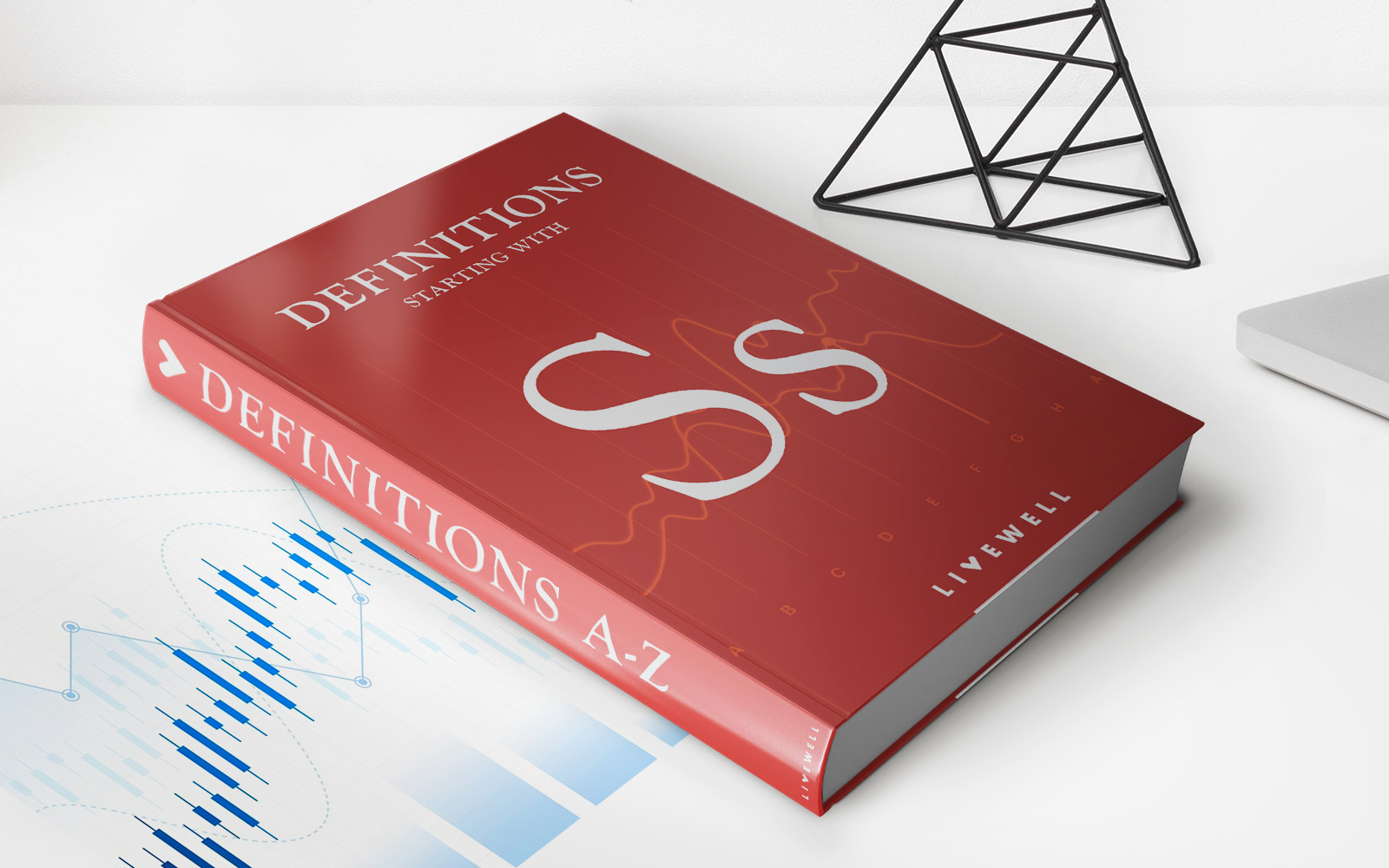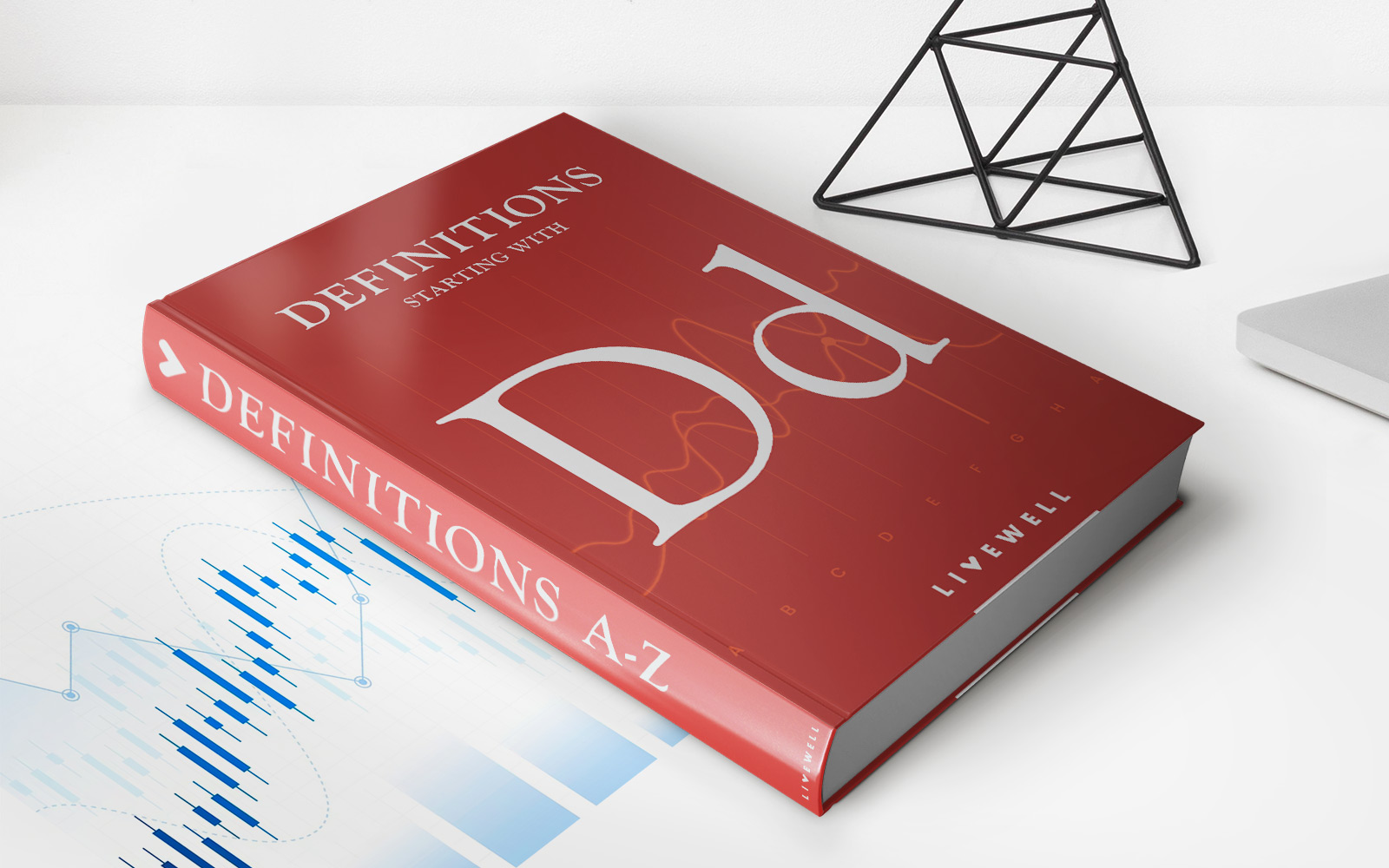Home>Finance>What Is One Component Of Guardrail In Lean Portfolio Management?


Finance
What Is One Component Of Guardrail In Lean Portfolio Management?
Published: January 22, 2024
Learn about the finance aspect of guardrail in Lean Portfolio Management and its significance in ensuring financial discipline and governance. Discover how it helps in managing financial risks and aligning with strategic objectives.
(Many of the links in this article redirect to a specific reviewed product. Your purchase of these products through affiliate links helps to generate commission for LiveWell, at no extra cost. Learn more)
Table of Contents
Introduction
Understanding the Crucial Role of Guardrails in Lean Portfolio Management
Lean Portfolio Management (LPM) is a dynamic approach that enables organizations to align strategy and execution by applying Lean and Agile principles to the portfolio level. One of the key components of LPM is the concept of guardrails, which play a pivotal role in guiding decision-making and ensuring that strategic objectives are met while allowing for flexibility and innovation.
In the context of LPM, guardrails serve as essential boundaries that provide clarity and direction for the organization's portfolio strategies. These guardrails are designed to create a balance between empowerment and control, allowing for autonomy within a structured framework. By establishing these guardrails, organizations can effectively navigate the complexities of portfolio management while fostering a culture of continuous improvement and adaptability.
Throughout this article, we will delve into the multifaceted nature of guardrails in Lean Portfolio Management, exploring their significance, components, and impact on organizational agility and strategic alignment. By gaining a deeper understanding of the role of guardrails in LPM, organizations can harness the power of Lean and Agile methodologies to drive innovation, optimize resources, and achieve sustainable growth.
Understanding Lean Portfolio Management
Empowering Organizations Through Lean and Agile Principles
Lean Portfolio Management (LPM) represents a strategic approach that enables organizations to align their business strategy with execution by applying Lean and Agile principles at the portfolio level. At its core, LPM aims to optimize the flow of value through the portfolio and ensure that the organization focuses on the right initiatives to achieve its strategic objectives.
By embracing Lean and Agile methodologies, LPM empowers organizations to foster a culture of innovation, collaboration, and continuous improvement. This approach enables businesses to adapt to market dynamics, customer needs, and emerging opportunities while maintaining a relentless focus on delivering value. LPM provides a structured framework that allows organizations to make informed investment decisions, prioritize initiatives, and effectively allocate resources to maximize business outcomes.
Central to the philosophy of Lean Portfolio Management is the concept of agility, which emphasizes responsiveness to change, rapid delivery of value, and the ability to pivot based on market feedback. By leveraging Lean and Agile principles, LPM equips organizations with the tools and mindset needed to navigate complexity, mitigate risk, and capitalize on emerging trends and opportunities.
Furthermore, LPM fosters transparency and alignment across the organization, enabling stakeholders to gain visibility into portfolio initiatives, progress, and outcomes. This transparency facilitates informed decision-making, fosters collaboration, and cultivates a shared understanding of strategic priorities and the value delivered by portfolio investments.
As organizations embrace Lean Portfolio Management, they embark on a journey of transformation, embracing a holistic approach to portfolio strategy and execution. By integrating Lean and Agile principles into portfolio management, organizations can enhance their ability to innovate, adapt, and thrive in a rapidly evolving business landscape.
Components of Guardrails in Lean Portfolio Management
Guiding Principles for Strategic Alignment and Empowerment
Guardrails in Lean Portfolio Management encompass a set of guiding principles and boundaries that serve as the foundation for strategic decision-making and portfolio governance. These components are designed to foster alignment, autonomy, and innovation while ensuring that portfolio initiatives are in harmony with the organization’s strategic objectives.
1. Strategic Themes: Strategic themes form the cornerstone of guardrails in LPM, encapsulating the high-level focus areas that align portfolio investments with the organization’s strategic priorities. These themes provide clarity and direction, guiding decision-making and resource allocation to ensure that portfolio initiatives contribute to the overarching strategic objectives.
2. Budget Guardrails: Budget guardrails establish financial boundaries that govern investment decisions within the portfolio. By defining thresholds for funding allocation and expenditure, organizations can maintain fiscal discipline while enabling flexibility to capitalize on emerging opportunities and address evolving market dynamics.
3. Capacity Allocation: Capacity allocation guardrails define the limits and guidelines for resource allocation across portfolio initiatives. These components ensure that resources, including human capital and infrastructure, are optimally distributed to support the execution of strategic initiatives while balancing capacity constraints and demand.
4. Compliance and Regulatory Requirements: Guardrails in LPM encompass adherence to compliance standards and regulatory requirements, ensuring that portfolio initiatives operate within legal and ethical boundaries. By integrating compliance considerations into the guardrail framework, organizations mitigate risk and uphold integrity while pursuing strategic objectives.
5. Innovation and Experimentation: Embracing innovation and experimentation within guardrails allows organizations to nurture a culture of continuous improvement and adaptability. These components provide the flexibility for teams to explore new ideas, test hypotheses, and innovate while aligning with strategic themes and business outcomes.
By integrating these components into the fabric of Lean Portfolio Management, organizations can achieve a delicate balance between strategic alignment and empowerment, enabling them to navigate complexity, drive innovation, and deliver sustainable value.
Conclusion
Navigating the Path to Strategic Excellence with Guardrails in Lean Portfolio Management
Lean Portfolio Management (LPM) represents a transformative approach that empowers organizations to synchronize strategy and execution while fostering a culture of agility, innovation, and value delivery. At the heart of LPM lies the concept of guardrails, which serve as guiding principles and boundaries essential for strategic alignment and portfolio governance.
By embracing guardrails, organizations can navigate the complexities of portfolio management with clarity, purpose, and adaptability. These guardrails encompass a multifaceted framework that integrates strategic themes, budget boundaries, capacity allocation guidelines, compliance standards, and the flexibility to innovate and experiment. Together, these components form the cornerstone of Lean Portfolio Management, enabling organizations to optimize resource allocation, mitigate risk, and drive sustainable growth.
Through the lens of guardrails, organizations can strike a harmonious balance between empowerment and control, fostering a culture of autonomy within a structured framework. This delicate equilibrium allows for strategic flexibility, responsiveness to market dynamics, and the ability to capitalize on emerging opportunities while maintaining a steadfast focus on delivering value.
Furthermore, guardrails in LPM facilitate transparency, collaboration, and informed decision-making, enabling stakeholders to gain visibility into portfolio initiatives, progress, and outcomes. This transparency fosters a shared understanding of strategic priorities and the value delivered by portfolio investments, aligning the organization towards common objectives and driving a collective pursuit of excellence.
As organizations continue to embrace Lean Portfolio Management and the pivotal role of guardrails, they embark on a journey of transformation, resilience, and strategic excellence. By integrating Lean and Agile principles into portfolio governance, organizations can harness the power of innovation, adaptability, and continuous improvement to thrive in a dynamic and competitive business landscape.
In conclusion, guardrails in Lean Portfolio Management represent a beacon of guidance, empowerment, and strategic alignment, guiding organizations on a path towards sustainable success and value creation. By leveraging the multifaceted components of guardrails, organizations can navigate the complexities of portfolio management, mitigate risk, and drive innovation, ultimately achieving strategic excellence and sustainable growth.

